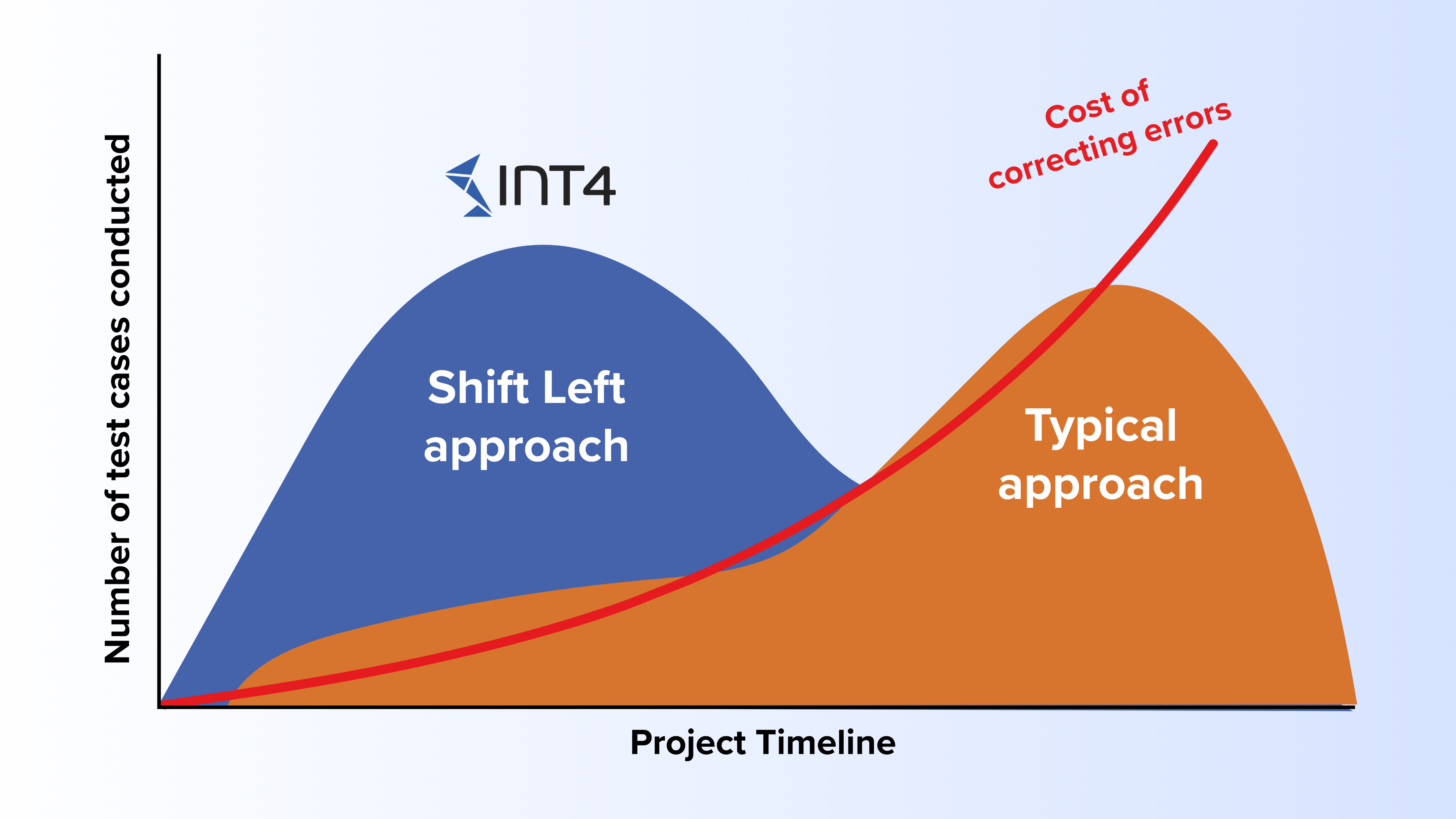Manual test case creation in SAP is costing you a FORTUNE in these 5 ways

Manual test case creation in SAP costs you much more than your team’s work!
It’s 2025… And yet, despite all the conversations about Artificial Intelligence, Machine Learning and Automation, some enterprise companies are still creating their SAP test cases manually.
This means that many SAP teams are still using tools like Excel spreadsheets to create and document test scenarios, manually input their test orders and spend countless mandays managing different test variations.
But the cost of the manual test case creation in SAP is so much higher than just your team’s time. In this article, we’ll go over 5 different types of costs that you pay if your team is still creating the SAP test cases manually.
Cost Type #1 – Wasting hours on the labour-heavy work that could be automated
I know it’s a harsh statement. But so is the reality of this situation. Because let’s say your team wants to test just one business process in SAP – like for example Order-To-Cash.
The first question that needs to be asked is this: how many different variations of this one process should you test if you want to make sure that it’s safe to deploy? Let’s say that in order to have maximum confidence in the system you need to test it in 30 variants.
This means that there are 30 different test cases that need to be created by your team. And if creating one test case takes 10 minutes – that’s already 5 hours. But that’s an optimistic scenario – because if any errors are spotted during these tests and the changes are made… It’s another 5 hours to add. And that is still just one business process.
With Int4 Suite, instead of 5 hours, this same procedure could take you less than 10 minutes. Because thanks to the Robotic Crawler, you can easily create thousands of test cases based on historical messages… And then execute them on demand – in some cases automatically.
Cost Type #2 – Waiting for Third-Parties (and paying for them as well!)
In many cases, to create the test cases, you’re going to need exemplary data from the third party companies that your system is integrated with. And how is it usually done? Someone from your team has to pick up their phone or send an e-mail to contact these external resources and get the data.
In the best case scenario, this might take an hour. In the slightly worse case, a full business day. In the worst case scenario, this might not be possible at all – and no matter how much time this will usually take, some of these third parties will charge you for generating such data.
The benefits of cutting this step out are pretty obvious – but they can be calculated as well:
As you can see, these benefits can be as high as a couple hundred thousand dollars.
Cost Type #3 – Fixing Errors Later in the process
I hope it’s obvious to you that finding a mistake earlier makes it drastically cheaper to fix, than finding it – for example – after go-live. This is why “Shift Left Approach” is such a popular concept.
But because creating test cases manually is so time consuming, your team cannot test as heavily as software that does this automatically.
If your team is creating SAP test cases manually, you will on average find less errors than a machine could. And thus – it will cost you more to fix them.
The benefits from shifting your testing to the left (as seen on the image above) can even be quantified. If you want to learn more, see the video below.
Cost Type #4 – Potential downtimes
The facts are simple: even huge teams have a hard time delivering the testing coverage that specialized software can deliver.
Think about it: before a book gets commercially published, it’s usually read by at least 5 different people – from the authors themselves, all the way to a professional proof-reader… And yet it’s not uncommon to spot a mistake or a typo in the book you’re reading. Unfortunately the same goes for the SAP.
In the case of a book, this might not be a big issue, as you might simply skip over this issue as a reader. But serious SAP errors or downtimes are not so easy to skip over. They simply cost you too much.
And to be frank – these downtimes are simply easier to prevent if you’re using a tool like Int4 Suite:
Cost Type 5 – Opportunity cost
And last but not least – the opportunity cost. Which plays a role in two ways:
Opportunity cost of your team
The real question isn’t just how much time your team is spending on manual test case creation. It’s what they could be doing instead.
Imagine if your team had those extra hours back every week. Could they:
✅ Focus on optimizing SAP processes to improve business efficiency?
✅ Work on more strategic initiatives like system enhancements and innovation?
✅ Collaborate with other departments to drive digital transformation?
✅ Address critical business needs rather than getting bogged down in repetitive tasks?
✅ Or maybe even write the documentation that has been needed for months?
Every hour spent on manual test creation is an hour not spent on high-impact work that could drive your business forward.
Opportunity cos of your company
When testing is slow, releases are slow. If your business cannot test quickly, it cannot move fast, and that slows down:
• the deployment of new SAP functionalities,
• meeting new business requirements,
• the adoption of new integrations,
• other responses to market changes.
Companies that rely on automated testing can accelerate their innovation cycles, while those stuck in manual testing struggle to keep up. And year after year, the gap between these types of companies just keeps getting wider.
The Smarter Alternative: Start automating
If your business is still manually creating test cases, 2025 is THE time to rethink your approach. With modern technology being more accessible than ever before, this is a great opportunity to innovate and make your business both more safe (by ensuring an extensive test coverage) and more cost effective – at the same time.
The cost of manual testing is not just about employee hours—it’s about lost opportunities, delayed innovation, and the financial burden of fixing errors in production. By adopting automated testing solutions, you can:
• Gain efficiency – as automated test case generation removes the need for manual documentation and variant creation.
• Reduce spending – as reducing manual effort translates into lower operational costs and better resource allocation.
• Deploy faster – as automation accelerates testing cycles, enabling businesses to implement changes faster.
• Reduce risk – as comprehensive testing coverage ensures that errors are caught before they reach production.
Investing in test automation is no longer a luxury. And the days of Automated SAP Tests being clunky and nearly impossible to implement are behind us…
So if your business is stuck creating test cases manually – schedule a free Int4 Suite demo and see how you can reduce these 5 types of costs that come with testing manually.
Popular tags
ABAP int4 INT4 IFTT Int4Interview S/4HANA SAP AIF SAP CPI sap integration




